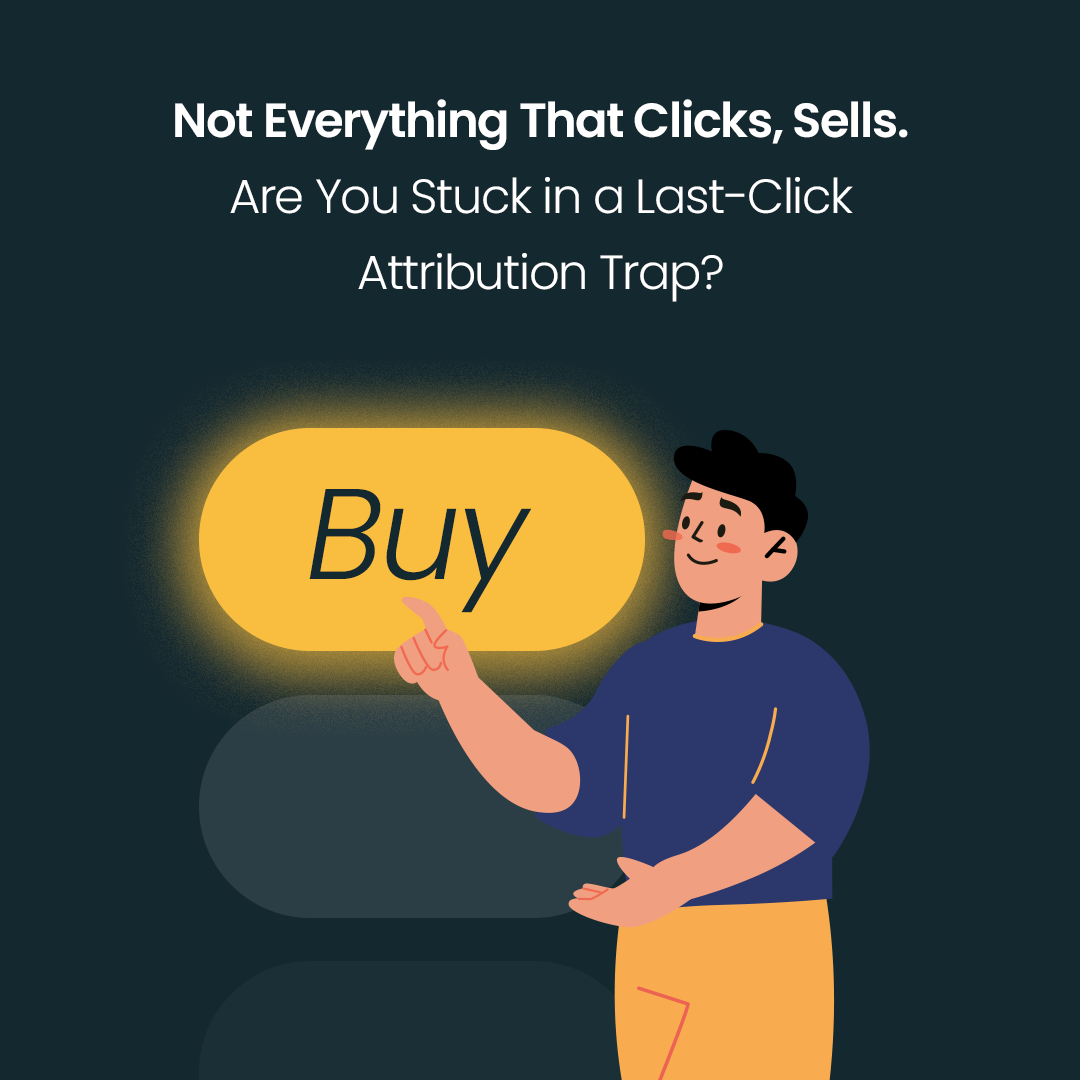The e-commerce world is increasingly about cut-throat competition for customers’ attention, and more and more companies are turning to dishonest practices. It was on Feb 17, 2024 when DSA (Digital Services Act - an EU regulation placing obligations on all digital services to be standardized and consolidated) came into force and the market became more vocal about the threats presented by dark patterns. Dark patterns are basically illegal practices which, through manipulation, coerce end users into making the decisions that are unfavorable to them. Deceptive interfaces of online platforms significantly distort or limit the ability of customers to make decisions. They don’t only affect companies’ reputation and lead to the loss of their customers’ trust but may also violate legal regulations. Then, how can we steer clear of dark patterns and run a lawful and ethical business?
Dark pattern cases
UOKiK (Office of Competition and Consumer Protection) provides, i.a., the following dark pattern examples*:
nagging - e.g. repeated, intrusive messages/pop-up windows which request the same activity from the user and can’t be turned off,
obstruction - making it difficult for the user to perform an action such as cancel a subscription or unsubscribe from a newsletter (e.g., by multiplying additional steps, questions, offers),
confirm shaming - exerting emotional pressure on the user, e.g., through a message appealing to their emotions, and thus, forcing them to perform a desired action (e.g., resign from unsubscribing).
confusion - confusing the user, making it difficult for them to make a choice, e.g. through ambiguous messages,
sneaking - designing the interface in a way that is intended to hide certain options from the user, make it difficult to find them, hide important information (e.g., by highlighting one of the selection options).
Dark patterns are a very broad term and comprise various forms of manipulation whose aim is to make users perform specific actions that are usually unfavorable to them. These could be e.g. hidden subscription options, bothersome notifications that you find difficult to close, algorithms that add products automatically to the shopping cart without your knowledge or intervention, or smart presets that make you take the decisions that favor the company rather than you.
UOKiK has also deemed a dark pattern the use of countdown timers that measure the time until the end of some promotion and that are regularly reset and start counting time all over again. To top it all, it often happens that once the countdown is over, a given product is still discounted, which creates in the user the feeling of fake urgency.
Another practice that has been recognised as illegal by UOKiK is “forever promotions”. It is basically about the way prices were presented in some online stores, i.e. giving the impression that the prices of goods represented limited-time offers, while they were fixed, and customers did not really benefit from them.
Why are dark patterns dishonest practices?
One of the main reasons is that they infringe on the customer's right to make an informed, thoughtful decision and, consequently, lead to the breakdown of their trust. Customers expect fair and transparent interaction with online stores, and dark patterns leave them feeling deceived and disoriented. According to UOKiK, the above-mentioned practices were considered illegal and punishable under Polish law even before DSA was introduced. However, since these new EU regulations have become binding, we can expect more company audits. Therefore, make sure you review your website interfaces and eliminate the risks that might cost you millions in fines imposed by UOKiK.
Running an ecommerce business, we should maintain transparent and fair relations with our customers. All information on products, prices and terms of sale should be clear and easily accessible to customers. We encourage you to present all messages and features on your store pages in such a way as not to confuse customers. Invest in great user experience. Store interfaces and purchasing processes that are intuitive and easy to navigate build the image of trustworthiness in customers’ eyes. Comfort that your customers feel when using the store will surely increase the chance of repeat purchases and brand loyalty.
In this competitive e-commerce world, your company can achieve success without using dark patterns. Actually, by avoiding such practices and relying on honesty and transparency, you can bring your business long-term benefits in the form of loyal customers and a positive brand reputation. Therefore, try to run your business according to the highest standards of integrity and ethics.
*Author: K. Szota; Source: ”Dark patterns a ochrona konsumenta w świetle polskiego prawa", Warsaw, 2022
The article was created in collaboration with Konrad Czopek, Legal and Compliance Specialist at Group One.






